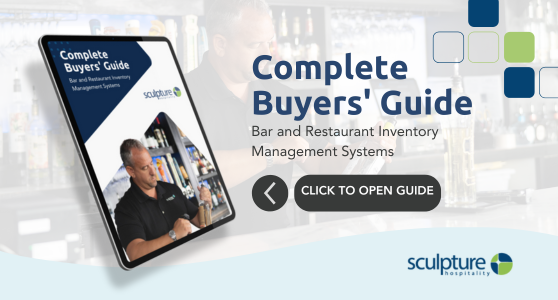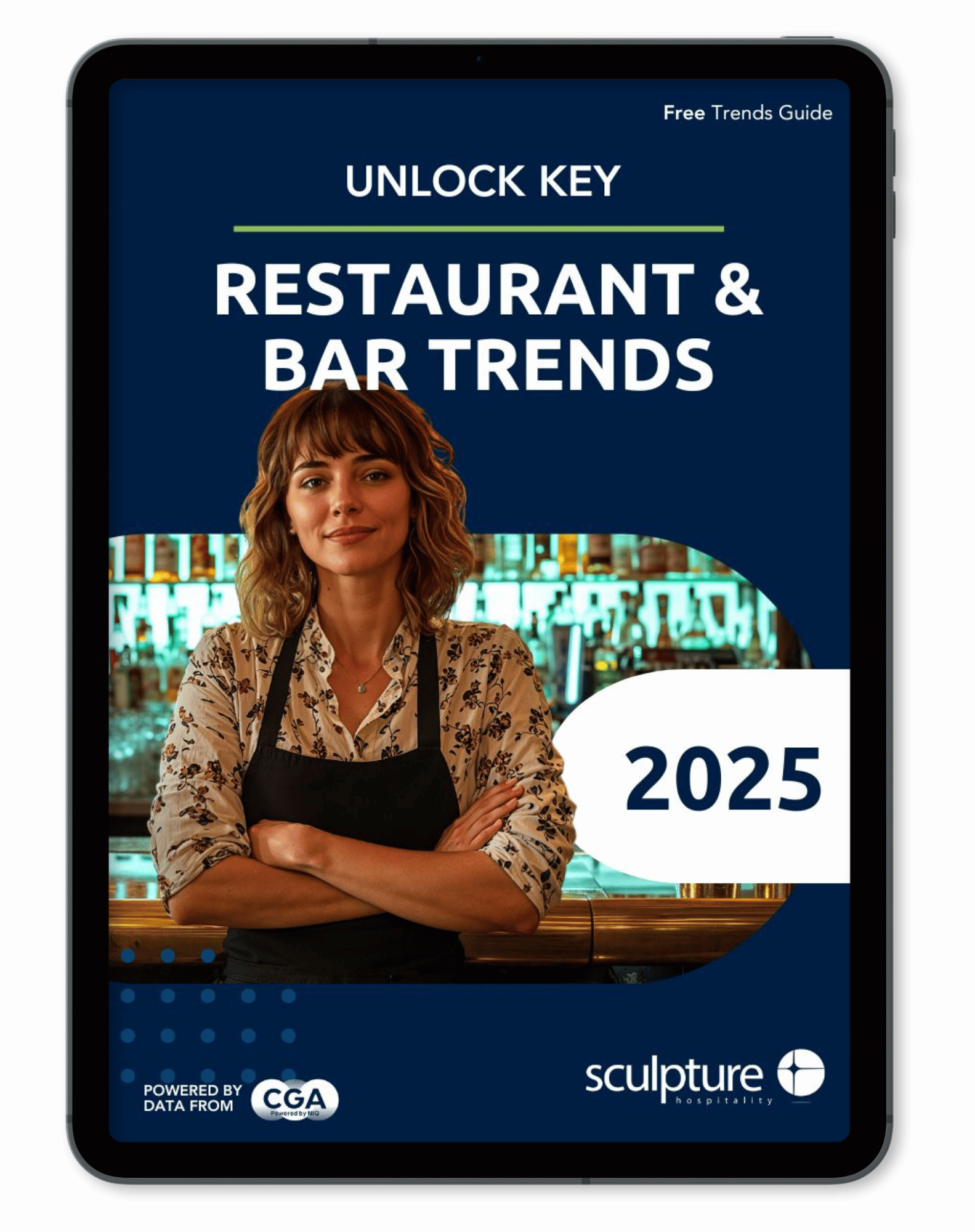For restaurant operators, controlling food cost isn’t simply an accounting exercise—it’s mission-critical to maintaining healthy margins in an industry where profits are measured in single digits. Between fluctuating ingredient prices, supply-chain hiccups, and shifting guest expectations, knowing how to control food cost in restaurant operations can safeguard your balance sheet and keep guests satisfied.
Below, you’ll find five practical, research-backed strategies to rein in food cost. Each is actionable and designed to help improve profitability immediately.
Forecast Smarter, Order Better
Over-ordering ties up cash in inventory that may never sell or spoil before it’s used. One of the fastest ways to lower food cost is by improving your ordering strategy.
Start by analyzing your POS data over the past 6–8 weeks to identify trends in sales by day and season. Factor in local events and holidays, and use this information to build smarter prep lists and more accurate orders.
Quick Tip: Even a basic spreadsheet forecast can help reduce over-ordering by 10–15%. Learn how to calculate restaurant food cost percentage to support this effort.
Lock in Profits with Standardized Recipes
Inconsistent portions are one of the biggest threats to profit margins. When staff "eyeball" ingredients, even small overages can add up fast.
Create and enforce recipe cards with exact weights and measurements. Train your team to use portion scoops, scales, and ladles. Revisit your recipe costs each quarter to ensure profitability as prices change.
“In a business where pennies matter, standardisation isn’t just helpful—it’s essential,” notes Jon Taffer, hospitality consultant and TV host. “The most successful bars and restaurants run like machines behind the scenes.”
Quick Tip: Start with your top five sellers and post their standard portion instructions at the prep station.
Make Inventory Count—Literally
Shrinkage from waste, overuse, spoilage, and theft can represent up to 5% of annual food purchases. The best way to spot issues is by counting inventory regularly and comparing it to expected usage.
Adopt FIFO (First-In, First-Out) rotation, label everything clearly, and assign a dedicated team member to inventory tracking. Weekly counts will give you the data needed to identify costly patterns early.
Quick Tip: Get help choosing the right inventory tools with our Restaurant Inventory Solution Buyer's Guide.
Design a Menu That Works for You
Menu engineering isn’t just about what looks good—it’s a strategic lever for profitability. Highlight high-margin items and rework or remove those that consistently underperform.
Break your menu into four categories: Stars (high margin & popular), Plow Horses (popular but lower profit), Puzzles (profitable but low demand), and Dogs (low in both). Promote your Stars with visuals or boxes, and downplay the Dogs.
According to Joseph Schumaker, FCSI, “Menu engineering is one of the most underutilized profit levers in the restaurant industry—but one of the most powerful.”
Quick Tip: Box one high-margin item in each section of your menu. This subtle design trick can boost sales by up to 20%.
Empower Your Staff with Cost Awareness
Your team plays a direct role in managing food cost. The more they understand their impact, the more likely they are to support your goals.
Host short, focused training that explains how food cost affects job security and wages. Post daily waste logs in the kitchen to make the cost of waste visible. Celebrate wins and offer small incentives for hitting waste-reduction goals.
Quick Tip: Try a "No Waste Wednesday" challenge. Track and reward the shift with the least recorded waste.
Want more insights into reducing food waste? Explore the benefits of FIFO and improve inventory accuracy over time.
Putting It All Together
When you forecast with precision, enforce portion control, monitor inventory, optimize your menu, and engage your team, food cost becomes a controllable metric—not a mystery.
Trimming even 1% off your food cost can lead to thousands in annual savings. Best of all, these improvements don’t require massive investment—just consistent habits and informed decisions.
Want more tools to improve margins? Explore our Bar Inventory 101 resource for practical inventory strategies that boost your bottom line.











